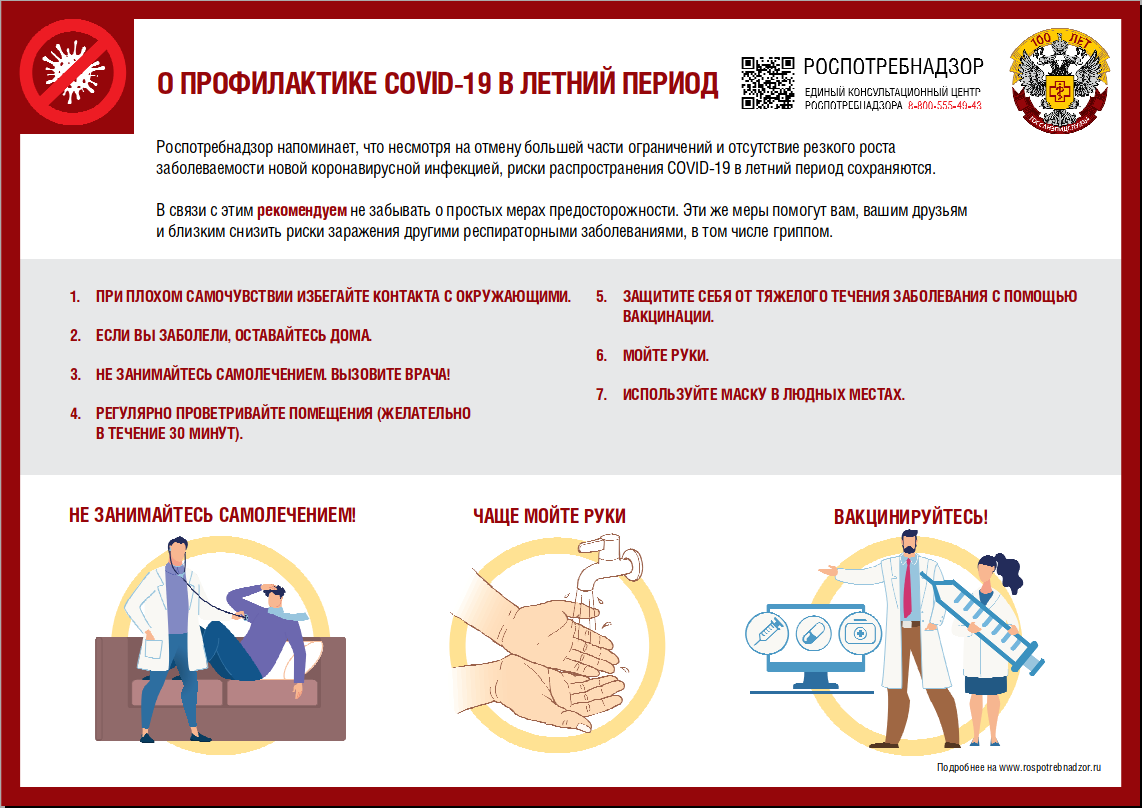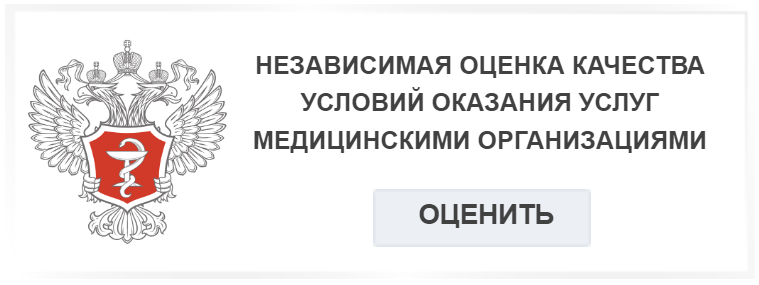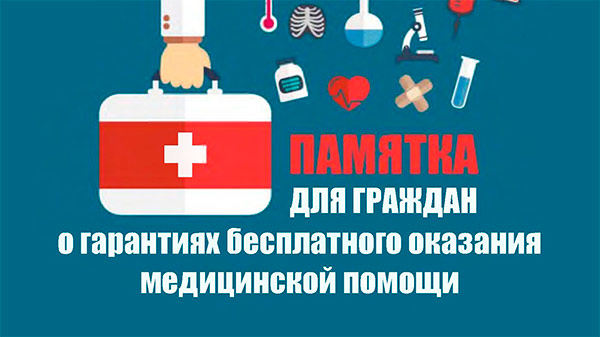- About the sanatorium
- Treatment
- Accommodation
- Services
- Prices
-
Customers
- Useful
-
Regulatory documentation
- Reception of citizens
- Question-answer
- Reviews
- Medical tourism
- Voluntary consent for children
-
Lean manufacturing cases
- lean manufacturing #2
- Lean manufacturing. Case No. 3
- Lean manufacturing. Case No. 4
- Lean manufacturing. Case No. 5
- Lean manufacturing. Case No. 6
- Lean manufacturing. Case No.1
- Lean manufacturing. Case No. 7
- Lean manufacturing. Case No. 8
- Lean manufacturing. Case No. 9
- Lean manufacturing. Case No. 10
- Lean_manufacturing_Case_N_11
- News
- Contacts
About COVID-19 prevention in summer

Rospotrebnadzor recalls that despite the lifting of most of the restrictions and the absence of a sharp increase in the incidence of a new coronavirus infection, the risks of the spread of COVID-19 in the summer remain.
In this regard, we recommend not to forget about simple precautions. The same measures will help you, your friends and family to reduce the risks of infection with other respiratory diseases, including the flu.
1. If you feel unwell, avoid contact with others, even if you have a negative result of a PCR test for COVID-19, until the symptoms of the disease (runny nose, sore throat, pain in the head and extremities, cough, fever or fever, shortness of breath, general weakness) pass completely.
2. If you get sick, stay at home.
3. Do not self-medicate. Call a doctor! Monitor your health status. If you feel that you are getting sick and the symptoms of the disease are increasing, immediately seek medical help, call a doctor at home and follow his recommendations. Be treated and take medications only as prescribed by a doctor.
4. Ventilate the premises regularly (preferably within 30 minutes). This preventive measure minimizes the risk of infection in spaces where you are together with other people (waiting room, workplace, private meetings at home). The most effective way of ventilation is considered to be through ventilation, when opposite windows are open at the same time. Constantly ajar windows do not give such an effect, because they do not allow for the necessary air exchange.
5. Protect yourself from the severe course of the disease with vaccination. Remember that it is recommended to be vaccinated against COVID-19 every six months in order to maintain the necessary level of immunity to fight this insidious disease.
6. Wash your hands! Washing hands with soap, a simple and well-known procedure from early childhood, is an important element of the prevention of coronavirus infection and really helps to maintain health.
7. In crowded places, it is recommended to use a mask. This is especially important for vulnerable categories of the population, which include people with chronic diseases.








